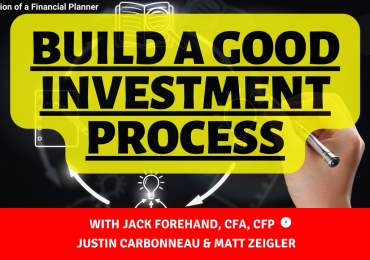What’s the biggest obstacle to investment success? Validea’s John Reese says it may well be our own brains.
“The capabilities of human beings’ brains are staggering,” Reese writes in his latest piece for Forbes.com. “Over the course of many millennia, the development of our brains has allowed us to outsmart dangerous predators, build enormous cities and create complex machines like computers and automobiles. Our brains let us think abstractly, plan for the future and create emotion-provoking art and music.”
“But,” he continues, “when it comes to investing, our brains have us hardwired to fail.” He says that our alertness to danger signs, ability to recognize patterns, and tendency to follow the crowd may have helped us in our evolution, but they hurt us in the investment world. “So many factors go into the broader market’s or an individual stock’s daily movements that one day’s gain or loss means little to longer-term prospects. When our stocks go down, however, our brains see that as a sign of danger. When stocks go down for a couple days in a row, we see a pattern that we fear will continue, and we want to sell,” he says. “Our tendency to follow the crowd also works against us. When a company is making negative headlines and investors are selling in droves, we feel like we are alone against the world if we own the stock. If the masses are piling into a certain stock, we want to join in. But when just about everyone is rushing headlong into a stock, it can get wildly overvalued–and history shows us that wildly overvalued stocks tend to come crashing down.”
Using some suggestions from Charles Rotblut, a vice president at the American Association of Individual Investors, Reese looks at some ways that investors can battle their brains to better their portfolios. For example, Reese looks at how having strict rules for when to sell stock can help one avoid several behavioral biases. “Indeed, choosing when to sell may be the most difficult part of the entire investment process,” Reese says. He notes that he uses a system in which he buys and sells stocks purely on quantitative factors, and only our regularly scheduled days. “On my regularly scheduled buying/selling days, I sell the positions that are no longer among the most highly rated stocks according to my models, and I replace them with new stocks that are,” he says. “In addition, I have a strict stop-loss system that is based solely on quantitative factors as well. By using a purely quantitative, rules-based approach to selling, I ensure that the endowment effect and other behavioral traps can’t impact my decision on when to sell a stock.”
Reese also looks at a handful of stocks that get high marks from his quantitative Guru Strategies, each of which is based on the approach of a different investing great. Among them: Blue-collar staffing firm TrueBlue, which gets high marks from his Peter Lynch-based approach.





